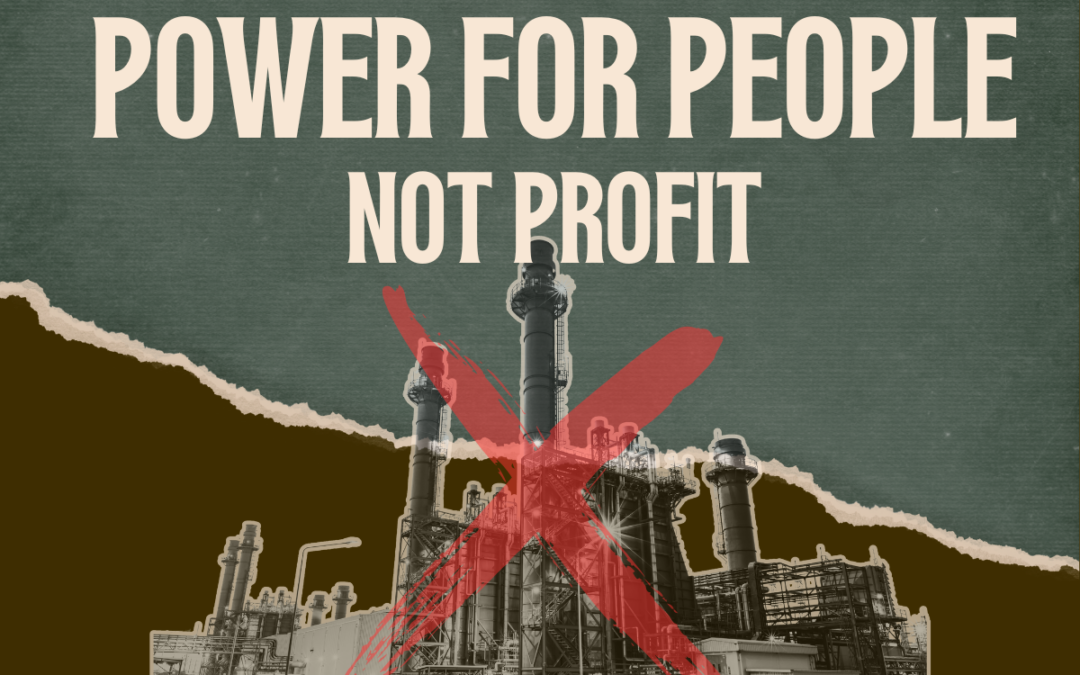I wanted to join CEP’s Wind Energy Advisory Group because I’ve been interested in renewable energy for a long time, was interested in learning more, and thought my perspective and experience as a wildlife biologist might be useful to the group. As a wildlife biologist at Cheyenne Bottoms Wildlife Area, I knew that federally-endangered whooping cranes could potentially collide with wind turbines because power-line collisions were a major source of mortality for them. I also knew that if wind farms were constructed in intact grasslands, lesser and greater prairie-chickens might avoid these areas for nesting. However, moving from our reliance on fossil fuels to a renewable energy future is critically important to address climate change, which poses a greater threat to wildlife than wind farms.
What is the Wind Energy Advisory Group? WEAG comprises Kansans from a wide array of backgrounds who have interest in expanding their wind energy knowledge base for advocacy purposes.

Decisions about where to construct land-based industrial-scale wind farms have become more contentious as more are built and the issue of climate change has become more political and divisive. One of the concerns often expressed when a wind farm is proposed is, how will this affect wildlife? As with many questions associated with wind power, or any new development, the answers aren’t always straightforward, and sometimes involve trade offs.
When the first wind farms were built in the 1980s in California, no one foresaw that they could be hazardous to birds and bats. Fortunately, wildlife biologists studied these effects, and, together with the wind energy industry, have developed best practices to minimize them. Representatives from the wind energy industry and wildlife conservation and science organizations formed the American Wind Wildlife Institute in 2008 (now the Renewable Energy Wildlife Institute [REWI]). REWI coordinates and funds monitoring and research on the effects of industrial-scale wind and solar energy production on wildlife and has developed guidelines for minimizing them. The U.S. Fish and Wildlife Service provides similar guidelines and regulates violations of the Migratory Bird Treaty Act, Endangered Species Act, and Bald and Golden Eagle Protection Act.


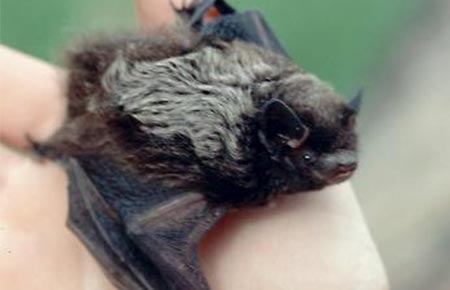
Although birds—primarily songbirds—and bats still collide with wind turbines, songbird fatality rates are thought to be too low to cause population impacts for most species. More research is needed to determine if wind-turbine fatalities pose a significant risk to bat populations alone or in combination with other sources of mortality. Research is continuing and expansion of renewable energy has increased funding for bat research by the wind industry and federal government.
One valuable tool for preventing wildlife impacts is The Nature Conservancy’s interactive map, Site Renewables Right. This tool shows areas within 19 states in the heart of the on-shore wind resource that wind developers should avoid. Areas to avoid in Kansas include:
- Migratory stopover sites for whooping cranes, such as Cheyenne Bottoms and Quivira National Wildlife Refuge;
- Intact grasslands inhabited by federally-threatened lesser prairie-chickens;
- the Flint Hills, an important stronghold for greater prairie-chickens; and
- Numerous bat roosts scattered throughout the state.
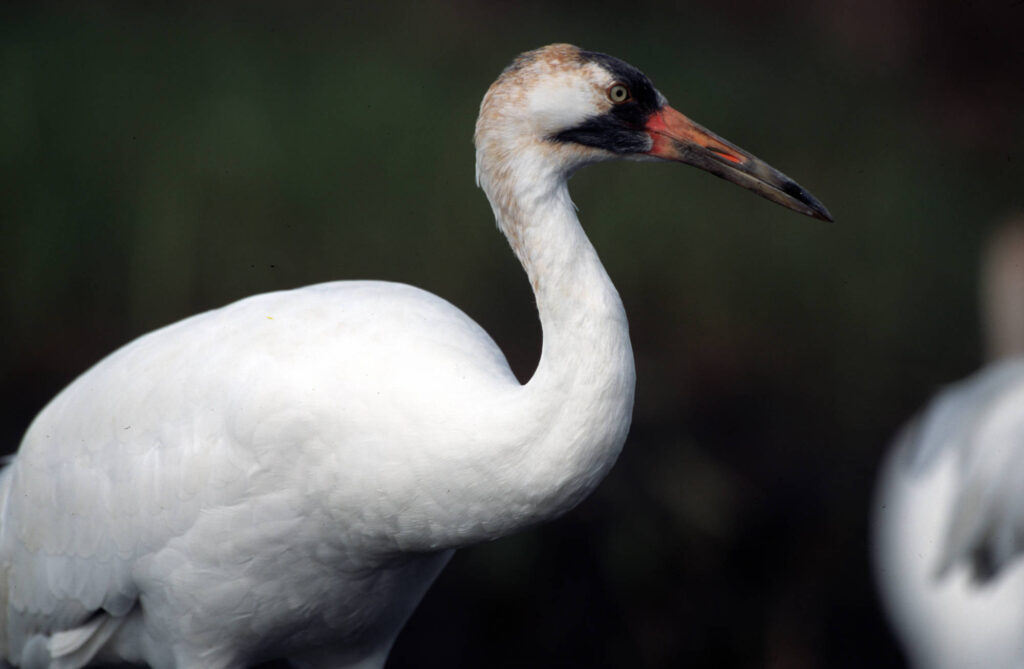
If a wind farm has been located on a site that results in unacceptable numbers of bird or bat fatalities, facility operators have two tools to reduce impacts – curtailment and deterrence. Curtailment involves shutting down or slowing down the turbines during periods of peak bird and bat activity to minimize collisions. Research is being conducted to develop auditory and visual deterrents to encourage birds, primarily golden eagles, and bats to avoid wind turbines.
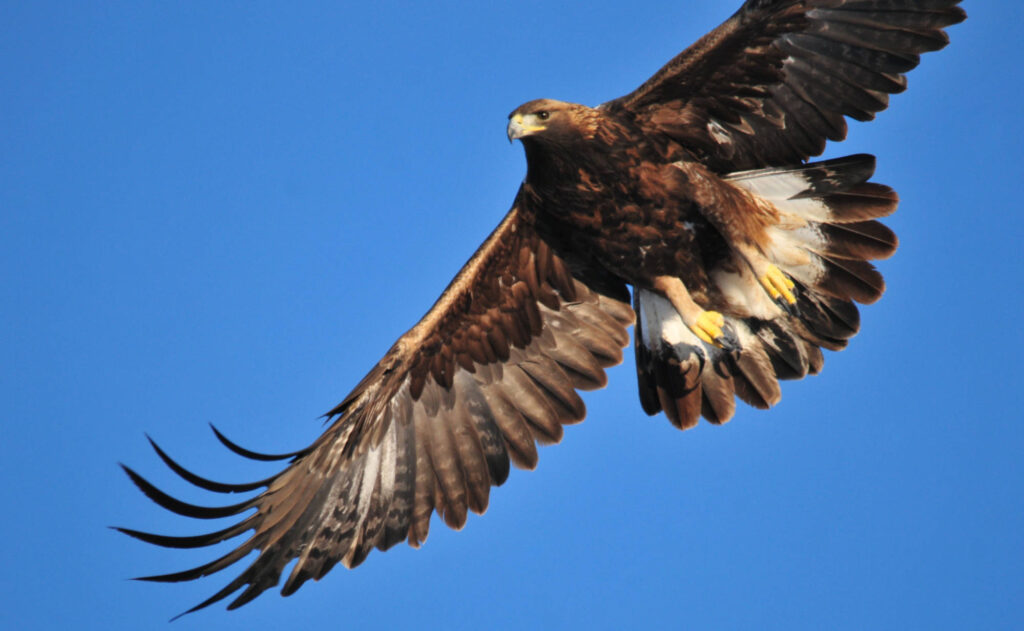
As a wildlife biologist, I think that the impacts of commercial-scale land-based wind farms on wildlife have been significantly reduced, and that guidelines and regulatory measures are in place to reduce these impacts further. I am also convinced that climate change impacts wildlife much more than well-regulated wind farms. Yes, there are tradeoffs in transitioning to renewable energy, but we’ve let climate change advance too far to make the transition easy. Those tradeoffs include some, but not unacceptable, wildlife impacts. Another tradeoff is seeing wind turbines on the Kansas landscape instead of wide-open spaces. However, society can take some actions to minimize the number of commercial-scale wind farms on the landscape:
- Conserve energy — The less energy we use, the fewer wind farms we’ll need to construct. Just because devices and appliances have become more energy efficient and use renewable energy doesn’t mean there’s no downside to using more energy. That means we should think carefully before using energy-consumptive technologies like cryptocurrency and AI.
- Rooftop solar — More rooftop solar would reduce the need for long-distance transmission lines and their associated costs, both environmental and monetary, and allow development of microgrids to increase resilience and reliability of the energy system. Although energy from rooftop solar costs more per kilowatt hour than from industrial-scale wind and solar, rooftop solar’s wildlife impacts are minimal. Personally, I’d like to see solar panels on every suitable roof in the country before constructing too many more industrial-scale renewable-energy projects.
- Human population — Although this is the third-rail for any political discussion, population is an important driver of climate change, resource consumption, and their associated wildlife impacts. The more people on Earth, the greater the demand for energy, food, transportation, and stuff.
It’s easy to imagine the impact of a bird colliding with a wind turbine or the impact of a wind farm on wildlife habitat, but it’s harder for us to see or imagine the impact of climate change on wildlife. We need to think more about how wildlife, which doesn’t have climate-controlled homes like we have, deals with the extreme climate we’re now experiencing: Wild swings in temperature. Drought and extreme heat. Violent storms and flooding. These are all taking a toll on wildlife, but it’s not as visible to us as that new wind farm we can now see on the horizon.
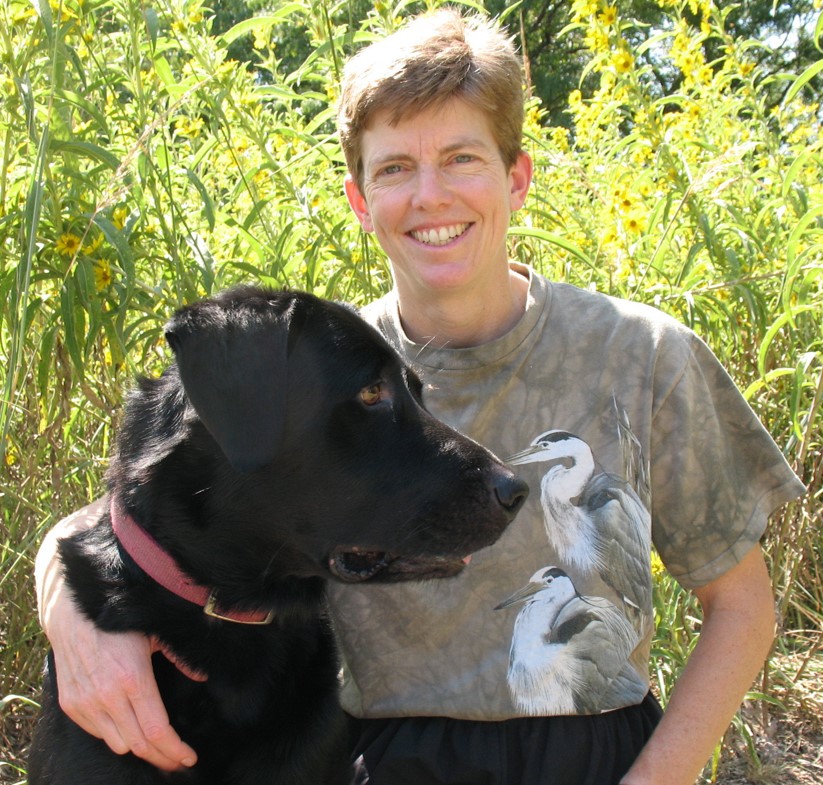
Helen Hands worked as a wildlife biologist for the Kansas Department of Wildlife and Parks (KDWP) at Cheyenne Bottoms for twenty years. Her work included evaluations of the effectiveness of various cattail control techniques at Cheyenne Bottoms, coordinating and conducting statewide surveys of migratory birds, and representing KDWP on multi-state committees that coordinated surveys, research, and hunting seasons of migratory birds in the Central Flyway and research and management of playa lakes.

